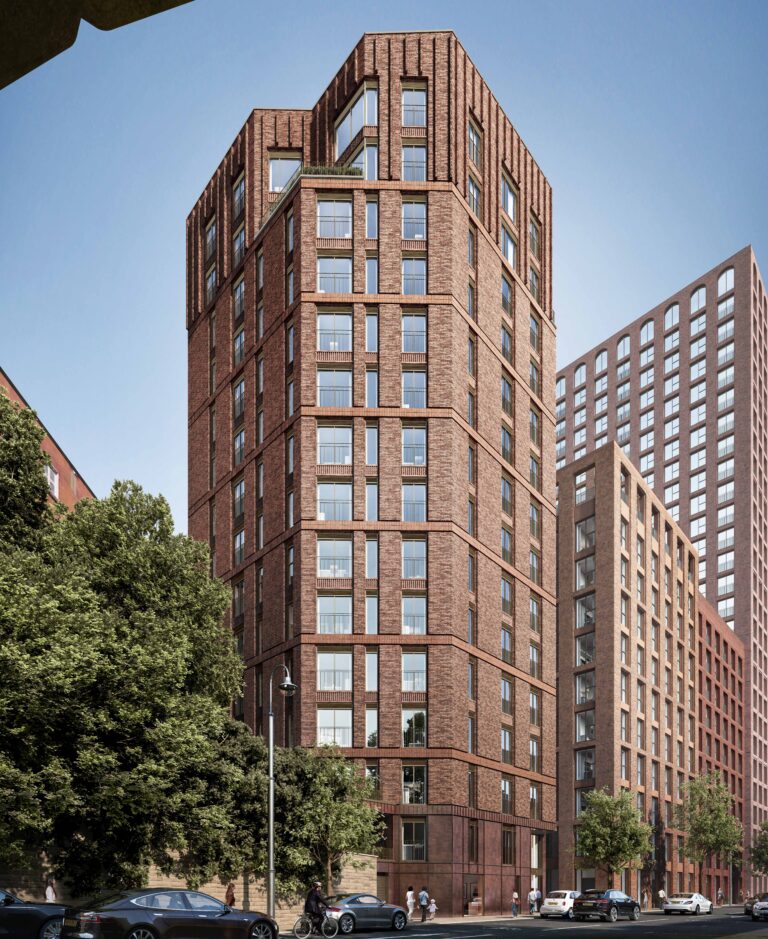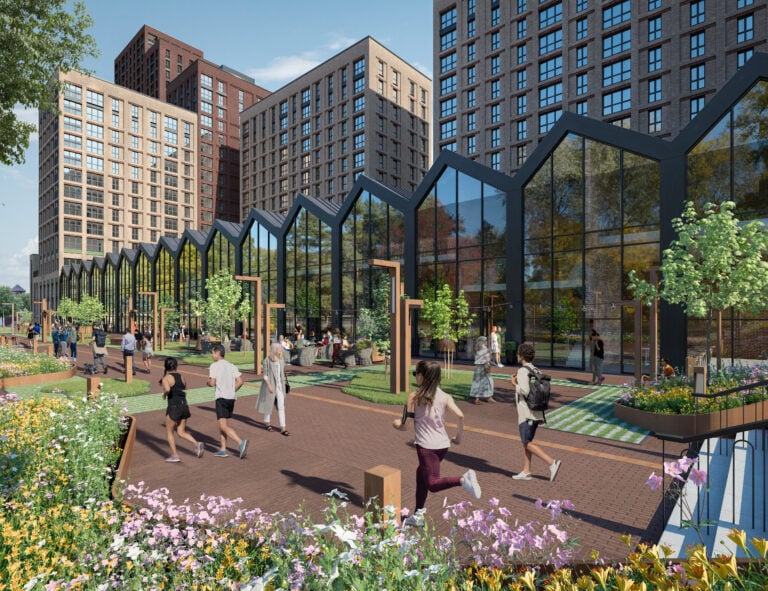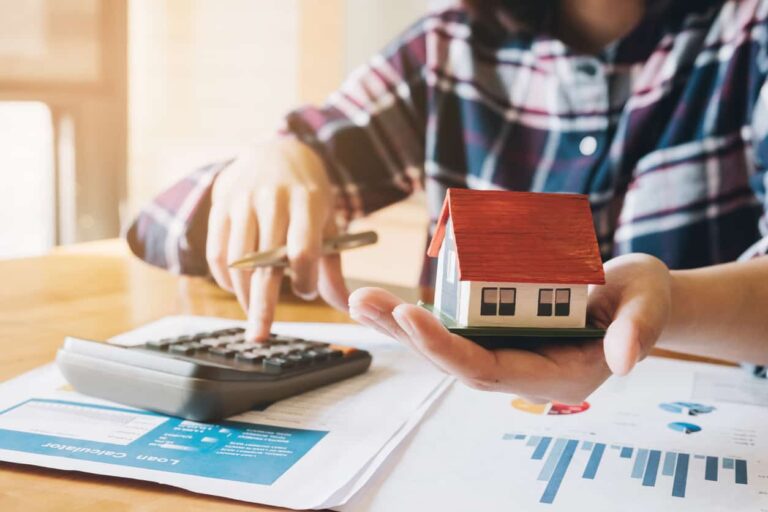As the cost of trading property continues to rise, investors are switching from short-term flips to income-driven portfolios that offer stronger yields and long-term stability.
It means the once-popular “buy, refurbish and sell” model is losing appeal. Brokers and lenders report that more of their clients are now buying, letting and holding on to their assets, as project costs climb and house-price growth slows. According to Hamptons, just 1.4% of homes were bought and sold within 12 months in the first half of 2025 – the lowest figure since 2013.
Kunal Mehta, managing director of bridging lender SDKA, says the trend is clear: “Buying properties to do up and sell on within six to twelve months in a rising market is favourable, but investors are more nervous doing so where they feel prices could fall.”
Tomer Aboody, director at MT Finance, adds that many landlords are holding assets longer in anticipation of a friendlier policy environment: “There are quite a few investors still looking to hold rather than sell, potentially in anticipation of a new government that’s more investor-friendly, or simply because the market feels too stagnant to maximise capital appreciation.”
Taxes and costs bite
Recent tax and policy changes have further eroded flipping margins. The additional homes Stamp Duty surcharge has risen from 3% to 5%, and the rollback of temporary threshold increases in April means investors now face higher liabilities on even modest purchases. At the same time, the capital gains tax (CGT) allowance has been slashed from £12,300 in 2020/21 to just £3,000 this year.
“For a £500,000 property, Stamp Duty alone is now £40,000,” says Mehta. “If an investor plans to refurbish and sell on, they need a significant margin just to recover that cost.”
In response, SDKA recently launched a bridge-to-term product allowing borrowers to convert bridging loans into longer-term finance once rental income is proven – a structure designed for landlords shifting to hold-and-let models.
Rising yields reshape investor priorities
The shift comes as rental yields hit multi-year highs. Savills’ UK Cross-Sector Outlook 2025 projects average yields of 6.4% nationwide, with the North West and Yorkshire & Humber topping 7%. Zoopla’s Q3 2025 Rental Index also shows rents up 7.1% year-on-year, outpacing house-price growth for the 27th consecutive month.
Guy Nyirenda, head of commercial and specialist lending at Altura Mortgage Finance, says the economics now favour income: “The cost of materials and labour for building projects has gone up massively, so getting a level of profit out of flipping is difficult. We’re seeing more investors looking for other ways to increase cash flow and returns.”
He notes that HMOs and short-term lets are seeing the strongest investor demand. He says: “You might have a five-bed house let across different renters for a few weeks or months each — the yields are high, and you’re letting out the whole property rather than relying on one AST tenancy.”
Short-term lets move inland
What was once a coastal or holiday-home niche has become a mainstream urban strategy. Data from AirDNA shows short-term listings in UK cities are up 19% year-on-year, with London, Manchester and Birmingham leading the growth. Demand increasingly comes from professionals on project contracts or visitors attending major events – groups seeking flexible stays of one to eight weeks.
For investors, that flexibility is translating into gross yields of 8–12%, according to Hamptons, though regulation is tightening as councils introduce local registration schemes.
The new normal for 2026
For many landlords, the arithmetic now favours income over capital gain. While flipping thrives on rising prices, today’s environment of higher taxes, slower growth and stronger rental demand rewards those who can hold and manage well.
As Aboody concludes: “Flipping is definitely more difficult at the moment, as the market is stagnant with very little capital appreciation.”
For investors willing to adapt, however, the next phase of the cycle could offer its own rewards – not in a quick resale profit, but in steady, compounding rental returns.










